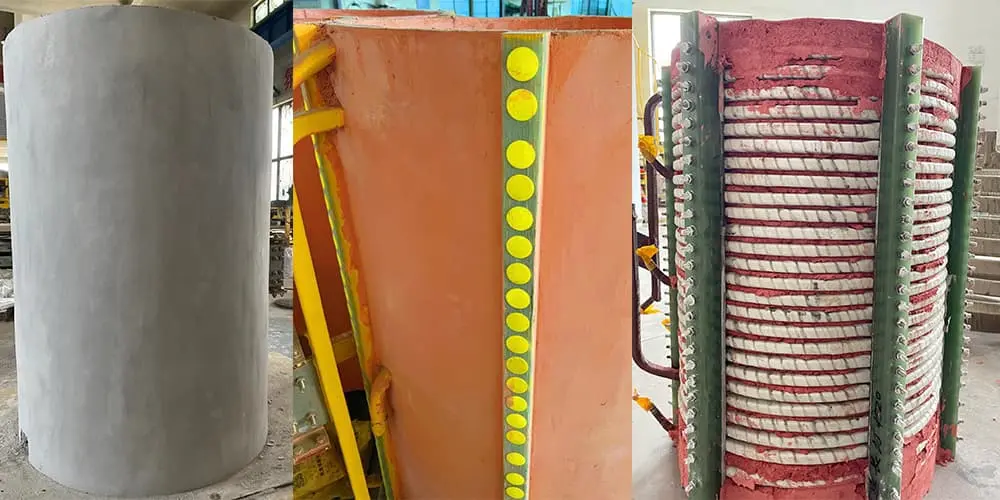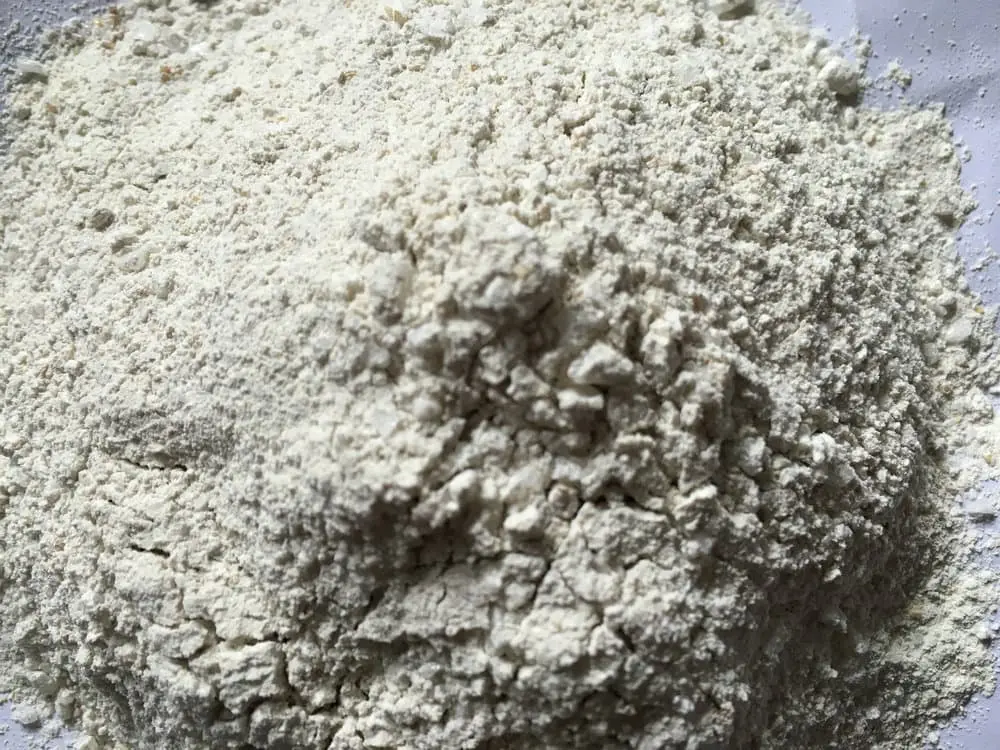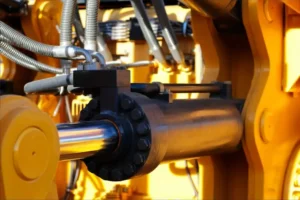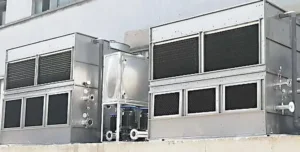The role of furnace lining in induction metal melting furnace
The furnace lining in an induction metal melting furnace plays a critical role in ensuring efficient and safe operation, as well as prolonging the lifespan of the furnace equipment.
The choice of lining material depends on factors such as the operating temperature, the type of metal being melted, and the specific requirements of the application.
- Thermal insulation: The lining helps to contain the heat generated by the induction coils within the furnace, preventing excessive heat loss to the surroundings. This insulation ensures efficient heating of the metal charge and helps maintain the desired temperature throughout the melting process.
- Protection against heat and chemical corrosion: The lining material must be able to withstand the high temperatures generated by the induction coils and resist chemical reactions with the molten metal and any fluxes or additives used in the melting process. This protection extends the lifespan of the furnace and reduces maintenance requirements.
- Electrical insulation: The lining material should have good electrical insulation properties to prevent short circuits between the induction coils and the metal charge. This insulation helps maintain the efficiency and safety of the induction heating process.
- Structural support: The lining provides structural support for the furnace walls, ensuring that they maintain their shape and integrity under the thermal and mechanical stresses experienced during operation.

Common material is used for furnace lining
Furnace linings are typically made of materials that can withstand high temperatures and resist chemical reactions with the substances being processed within the furnace. Some common materials used for furnace lining include:
- Refractory bricks: These are made of ceramic materials that can withstand high temperatures. They are often used in the construction of furnace walls and floors.
- Refractory castables: These are mixtures of refractory aggregates, binders, and additives that can be poured or cast into place to form furnace linings. They offer flexibility in shape and are often used in complex furnace geometries.
- Ceramic fibers: These are lightweight and highly insulating materials made from alumina, silica, or other refractory materials. They are used as insulation layers within furnace linings to reduce heat loss.
- Refractory coatings: These are thin layers of refractory materials that are applied to the surface of furnace linings to provide additional protection against heat and chemical corrosion.
- Refractory mortars: These are special types of mortar used to bond refractory bricks or castables together in furnace construction.
The choice of material depends on factors such as the operating temperature of the furnace, the type of materials being processed, and the specific requirements of the application.

Refractory lining design and optimization
Refractory lining design and optimization is a critical aspect of furnace engineering, aiming to maximize the performance, longevity, and efficiency of the lining while minimizing costs and downtime.
Lựa chọn vật liệu: Choose refractory materials based on factors such as operating temperature, chemical composition of the processed materials, thermal conductivity, mechanical strength, and resistance to thermal shock and chemical corrosion. Consider using different types of refractories (ví dụ., fire clay, high alumina, silica, magnesia) in combination to achieve optimal performance.
Thickness optimization: Determine the appropriate thickness of the refractory lining based on factors such as heat transfer requirements, thermal expansion properties of the materials, and expected wear and erosion rates. Thicker linings provide better insulation and protection but may increase costs and reduce furnace capacity.
Thermal expansion control: Prevent cracking and spalling of the refractory lining due to thermal expansion and contraction by designing expansion joints, Kết hợp các khớp linh hoạt hoặc vòng mở rộng, và chọn vật liệu chịu lửa với các hệ số giãn nở nhiệt tương thích. Thiết kế khớp mở rộng thích hợp là điều cần thiết để phù hợp với ứng suất nhiệt mà không ảnh hưởng đến tính toàn vẹn của lớp lót.
Thiết kế và cài đặt chung: Đảm bảo căn chỉnh thích hợp, độ kín, và niêm phong các khớp giữa các viên gạch chịu lửa hoặc các phần có thể đúc để giảm thiểu mất nhiệt, rò rỉ khí, và xâm nhập của kim loại nóng chảy hoặc xỉ. Sử dụng vữa chịu lửa, Thưa những miếng đệm, hoặc niêm phong các hợp chất để lấp đầy khoảng trống và tạo ra một rào cản liên tục chống lại các cuộc tấn công nhiệt và hóa học.
Thermal insulation: Kết hợp vật liệu cách nhiệt (ví dụ., Sợi gốm, vermiculite, perlite) vào thiết kế lớp lót chịu lửa để giảm mất nhiệt, Cải thiện hiệu quả năng lượng, và duy trì phân phối nhiệt độ đồng đều trong lò. Tối ưu hóa độ dày và vị trí cách nhiệt để giảm thiểu độ dốc nhiệt và tổn thất truyền nhiệt.
Mô hình hóa và mô phỏng tính toán: Sử dụng các kỹ thuật mô hình nâng cao (ví dụ., Phân tích phần tử hữu hạn, Động lực học chất lỏng tính toán) để mô phỏng truyền nhiệt, Phân phối căng thẳng, và hành vi đạp xe nhiệt trong lớp lót chịu lửa. Những mô phỏng này giúp tối ưu hóa các tham số thiết kế, Xác định các chế độ thất bại tiềm năng, và dự đoán hiệu suất của các cấu hình lớp lót thay thế.
Giám sát và bảo trì: Thực hiện kiểm tra thường xuyên, giám sát, và các giao thức bảo trì để phát hiện các dấu hiệu hao mòn, xói mòn, Suy giảm nhiệt, hoặc tấn công hóa học trong lớp lót chịu lửa. Lịch trình sửa chữa định kỳ, tân trang, hoặc liên quan đến việc mở rộng tuổi thọ dịch vụ của lò và đảm bảo hoạt động an toàn và hiệu quả.
Bằng cách áp dụng các nguyên tắc và thực tiễn này, engineers can design and optimize refractory linings that meet the specific requirements of different furnace applications, ranging from high-temperature metallurgical processes to thermal treatment and incineration systems. Effective refractory lining design and optimization contribute to enhanced furnace performance, reduced downtime, and improved overall productivity and profitability.








